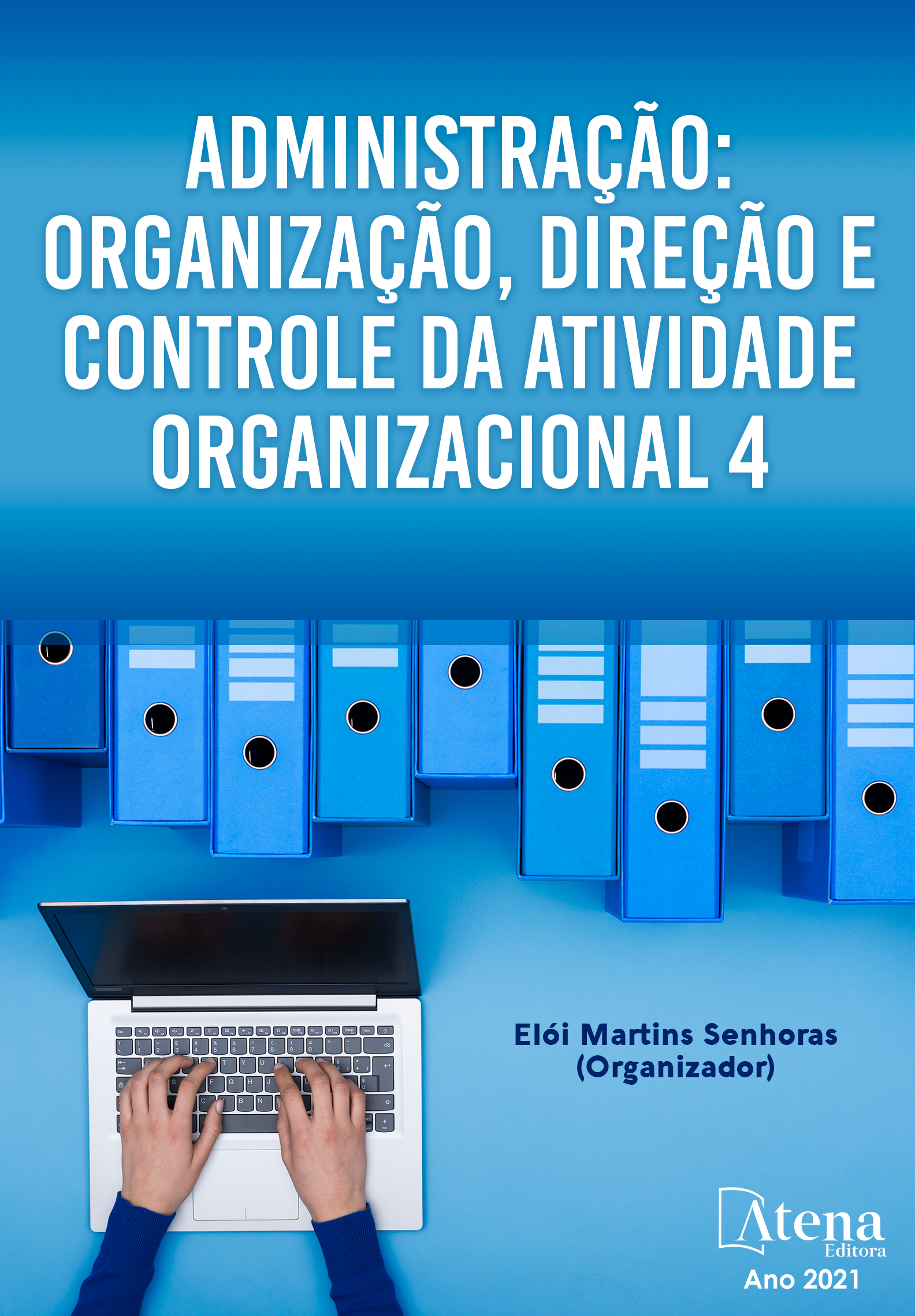
ESTUDO DA PEGADA HÍDRICA E FLUXOS DE ÁGUA VIRTUAL NA COMERCIALIZAÇÃO DOS PRODUTOS HORTIFRUTIGRANJEIROS NO SEMIÁRIDO NORDESTINO COM ÊNFASE NO ESTADO DE CEARÁ
Em consequência da escassez de recursos hídricos no semiárido nordestino, existe a propensão da maior comercialização de produtos hortifrutigranjeiros importados de outras bacias de drenagem nacionais. Entender o porquê de haver consumo indireto da água é fundamental para a sustentabilidade do semiárido e de suas respectivas bacias hidrográficas. Sendo assim, o ato de avaliar e de utilizar indicadores de sustentabilidade busca viabilizar o uso correto dos recursos hídricos. O objetivo deste estudo consiste em analisar a pegada hídrica e os fluxos de água virtual nos produtos hortifrutigranjeiros comercializados nas centrais de abastecimentos (CEASAs) dos municípios de Maracanaú, Ibiapaba e Cariri, todos estes localizados no estado do Ceará, visando a contabilizar a água virtual embutida. O fluxo de água foi comparado primeiramente com a capacidade atual de armazenamento de água das 12 bacias hidrográficas do estado do Ceará e, em seguida, com as capacidades totais e atuais das 3 bacias hidrográficas que abrigam as CEASAs do estudo em questão, sendo elas as bacias Metropolitanas, Serra da Ibiapaba e Salgado. Foi revelado, em termos de gestão dos recursos hídricos, que as bacias de drenagem cearenses, mesmo com redução de 80,1%, são capazes de suprir a demanda hídrica dos produtos hortifrutigranjeiros comercializados. Além disso, em razão da baixa pegada hídrica dos produtos, é mais sustentável para o estado do Ceará a criação de polos de produção hortifrutigranjeiros para comercialização do que a venda de produtos importados.
ESTUDO DA PEGADA HÍDRICA E FLUXOS DE ÁGUA VIRTUAL NA COMERCIALIZAÇÃO DOS PRODUTOS HORTIFRUTIGRANJEIROS NO SEMIÁRIDO NORDESTINO COM ÊNFASE NO ESTADO DE CEARÁ
-
DOI: https://doi.org/10.22533/at.ed.30921090717
-
Palavras-chave: Pegada hídrica, Bacia Hidrográfica, semiárido nordestino, Sustentabilidade
-
Keywords: Water footprint. Hydrographic basin. Northeastern semi-arid. Sustainability.
-
Abstract:
As a consequence of the scarcity of water resources in the northeastern semiarid region, there is a propensity for greater commercialization of horticultural products imported from other national drainage basins. Understanding why there is indirect water consumption is fundamental for the sustainability of the semiarid and its respective hydrographic basins. Therefore, the act of evaluating and using sustainability indicators seeks to enable the correct use of water resources. The objective of this study is to analyze the water footprint and virtual water flows in horticultural products sold at supply centers (CEASAs) in the municipalities of Maracanaú, Ibiapaba and Cariri, all of which are located in the state of Ceará, in order to account for virtual water built-in. The water flow was compared first with the current water storage capacity of the 12 hydrographic basins in the state of Ceará and then with the total and current capacities of the 3 hydrographic basins that house the CEASAs of the study in question, which are the Metropolitan, Serra da Ibiapaba and Salgado basins. It was revealed, in terms of water resources management, that the drainage basins in Ceará, even with a reduction of 80.1%, are able to supply the water demand of the marketed horticultural products. In addition, due to the low water footprint of the products, it is more sustainable for the state of Ceará to create horticultural production hubs for commercialization than the sale of imported products.
-
Número de páginas: 15
- Rodolfo José Sabiá
- Andrezza Pereira de Matos


